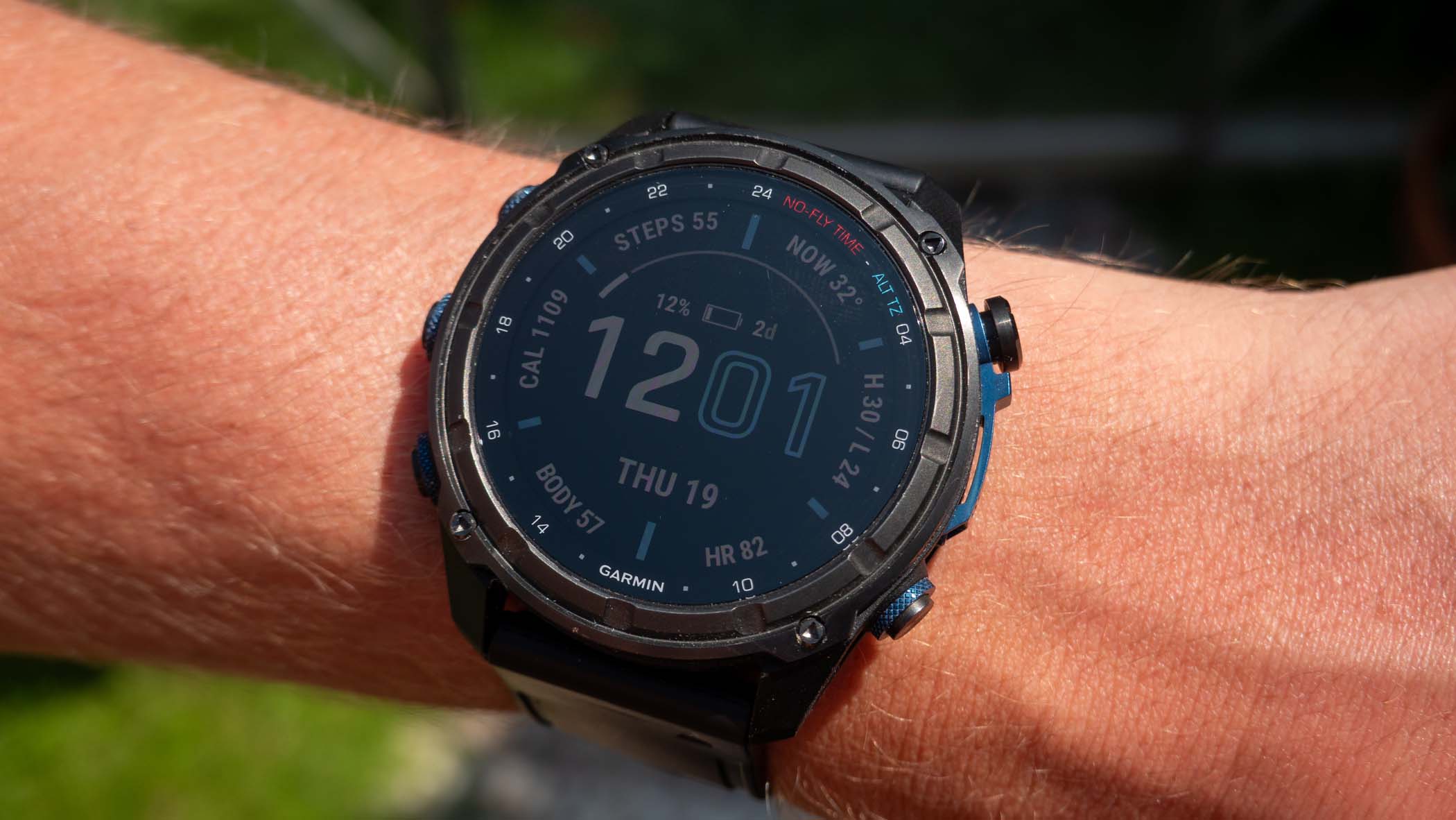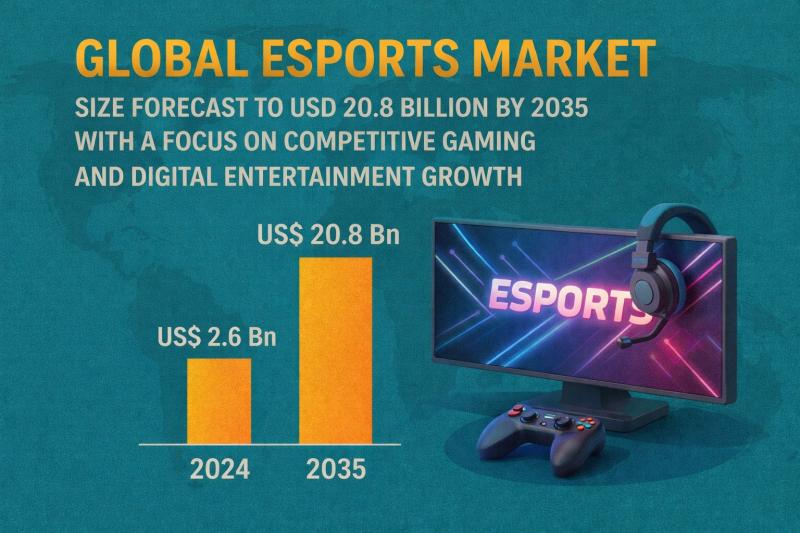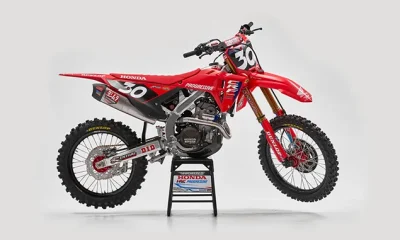Garmin Descent Mk3i: Two-minute review
Sitting at the top of Garmin’s recreational dive watch family, and by extension the best swimming watch for divers, the Descent Mk3i’s AMOLED display – 43mm or 51mm – uses a scratch-resistant sapphire crystal lens – something that’s more important than you might realize in scuba diving, where you and your buddy can be exposed to a variety of hard materials like other watches, knives and the natural topography, such as rocks and wrecks.
I didn’t treat the Descent Mk3i any differently to how I dive with any of my own watches (slap it on and forget about it without being overly cautious), and so far, the display has proven to live up to its scratch-resistant claims. That titanium case has also held up well during testing, but be aware that the Mk3 without air integration is a stainless steel model.
Getting used to the five physical buttons can take some getting used to, but take the time to explore their functionalities, and you’ll be swimming. And on that, if you’re not swimming and are instead in a dry environment, you can use the touchscreen to navigate the Decent Mk3i.
Where this dive computer stands out against virtually all of its rivals is with its SubWave sonar technology, which enables diver-to-diver communication up to 30 meters. None of my buddies have one of these for me to try it with, but you can be sure that I’ve done my fair share of research on the feature and it comes highly recommended. However, I’ve just highlighted the biggest problem of SubWave-based communication – you need to be diving with like-minded Garmin fans.
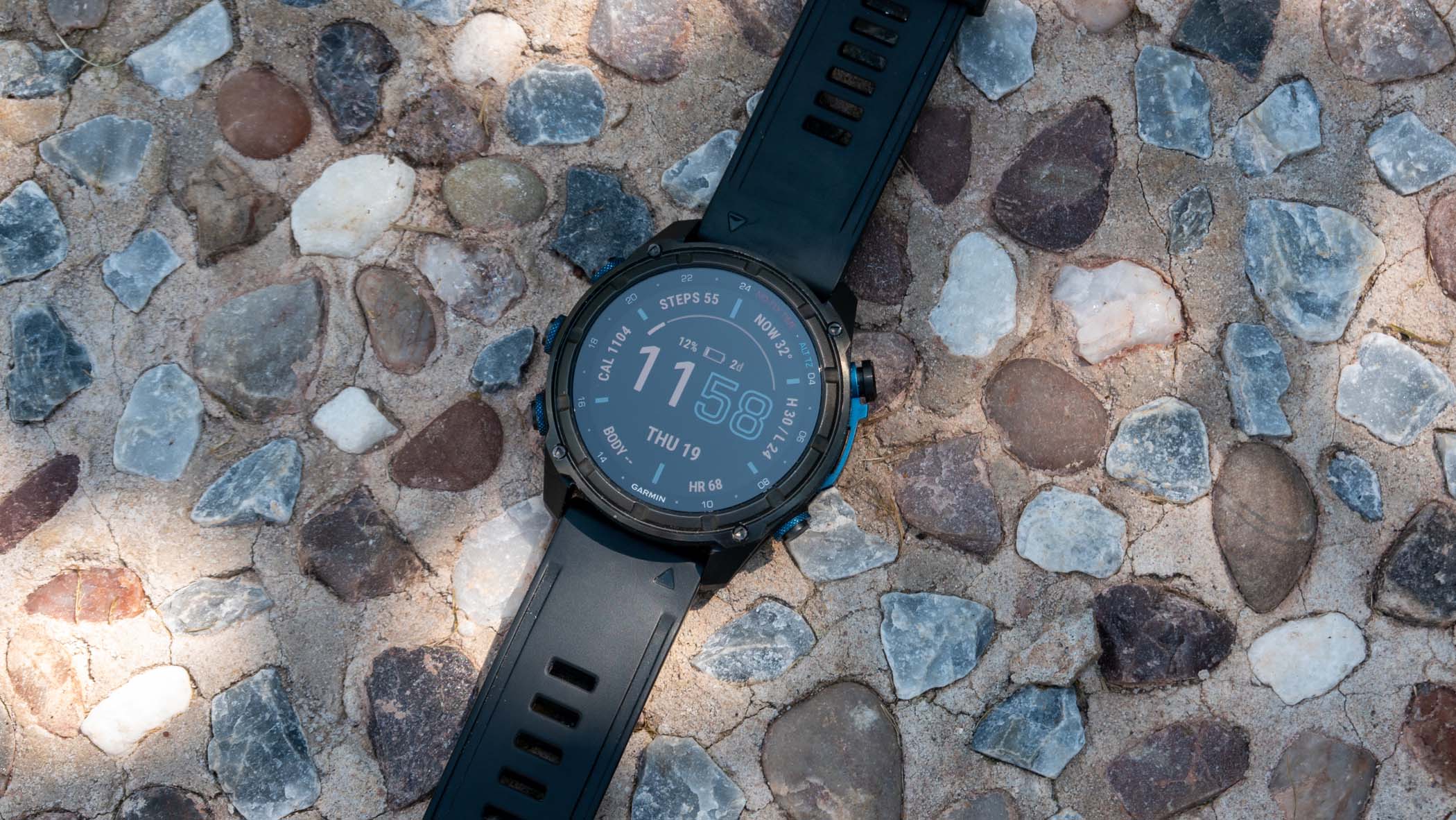
If you are in that position, especially if you’re running a dive school, then you’ll also love being able to monitor the tank pressures of up to eight divers (who are within a tighter 10-meter range).
Compared with other recreational watches, the Garmin Descent Mk3i is much closer to the boundary of tech diving – apart from single gas mixes, you can also set it up for multi-gas dives and rebreathers, so if you plan on going deeper or staying for longer, then your requirement to use different equipment and gasses will be supported by this high-end watch.
It also works all the way down to 200 meters – that’s way below recreational diving limits, but is a welcome upgrade over most watches, which cut out at 40 meters (around 10-20 metres short of maximum recreational diving limits). Many rivals can withstand water pressures down to 100-200 meters, but they tend to stop tracking your diving activity way before this.
When you’re on land, the sensors take regular readings of your heart rate, respiration rate, pulse oximetry and more to estimate your in-the-moment health like the rest of the best Garmin watches, and these metrics feed the Dive Readiness score.
There’s even a Jet Lag Adviser to offer guidance on light exposure, sleep schedule and exercise – perfect for those action-packed dive holidays. Although the science behind preventing decompression sickness is still being developed, we do know that physical exertion can bring on the effects, so being advised of your dive readiness before you get in the water is a handy tool.
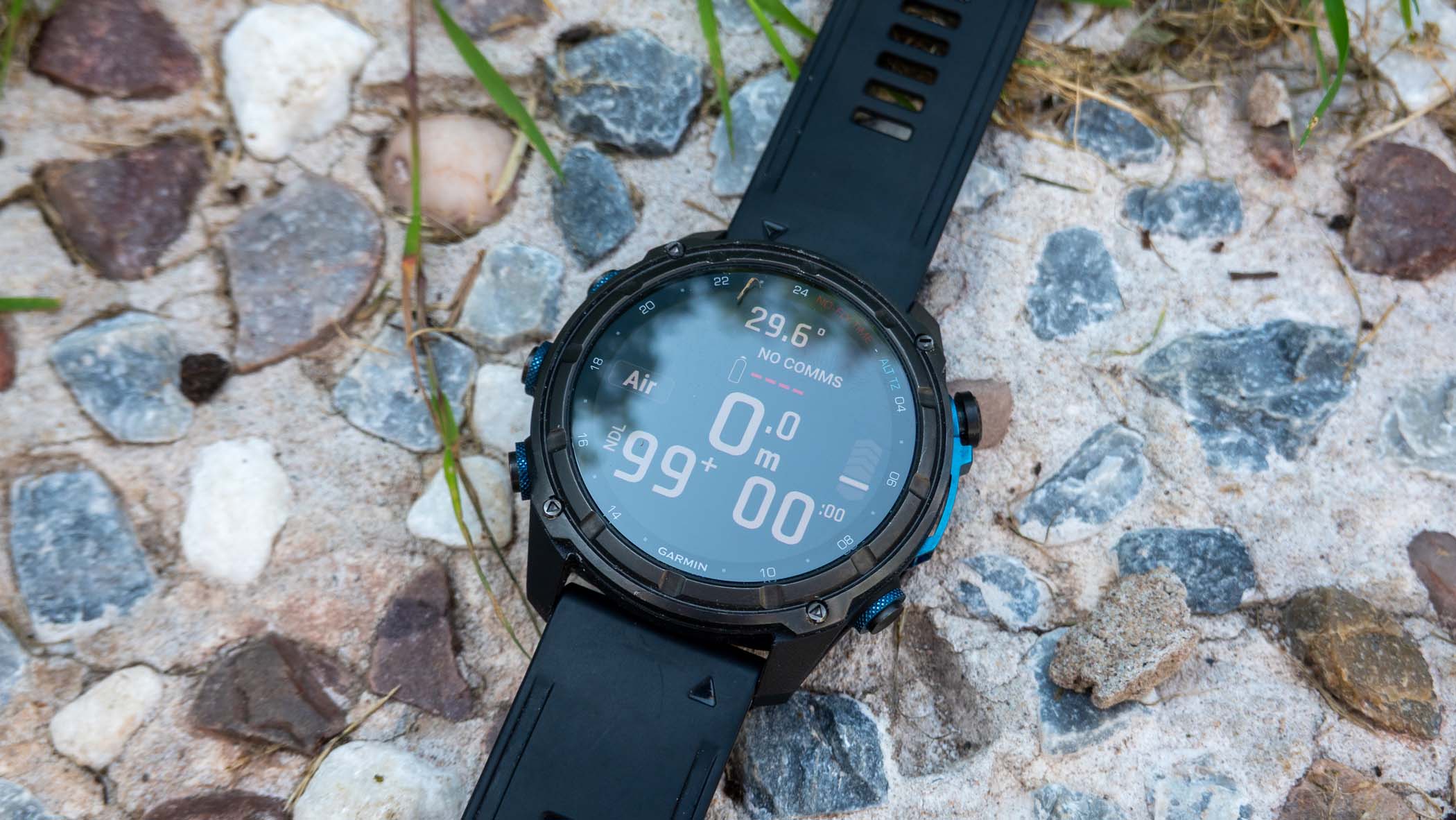
Unlike the Apple Watch Ultra 2, which lives on my left wrist 24/7 (apart from when it’s charging), the Descent Mk3i’s battery life promised 30 whole hours of diving, which was more than enough to cover my weekend of four dives. And on the weeks when I wasn’t diving, I made a habit of charging it on a Sunday evening – that 10-day battery life is a game-changer, even with all the sensors going every few seconds.
Besides being deep in the Apple ecosystem, the only reason I can think of stopping me from moving over to Garmin fully is the fact that it still has a relatively clunky UI, but that’s hard to solve given how unbeatably feature-ridden it is. It has features like Garmin Pay and a voice assistant, but it’s not quite as slick as native Apple or Google watches.
On the whole, though, if you can look past the high price point, I think the Garmin Descent Mk3i might just be the best all-in-one smartwatch for divers you can buy today, and even with its four-figure price tag, it still represents good value for money on the basis that you get one of the most comprehensive and reliable sports trackers in the business.
Garmin Descent Mk3i: Specifications
|
Component |
Garmin Descent Mk3i (model tested: Carbon grey DLC titanium with black silicone band, 51mm) |
|
Battery life |
Up to 10 days (4 days always-on display, 30 hours diving mode) |
|
Charging cable |
Garmin proprietary clip charger with USB-C connection |
|
Diving depth rating |
200m |
|
Sensors |
GPS, GLONASS and Galileo satellite systems, heart rate, pulse oximeter, altimeter, compass, gyroscope, accelerometer, thermometer, ambient light sensor, depth sensor |
|
Gas mixes |
Air, Nitrox and Trimix, up to 100% O2; 1 bottom gas and up to 11 deco and/or backup gases |
|
Component |
Garmin Descent Mk3i (43mm) |
|
Price |
Starts at $1,400 / £1,250 / AUD $2,500 |
|
Dimensions |
43 x 43 x 14.13 mm |
|
Weight |
68.3g with bands |
|
Case/bezel |
Fiber-reinforced polymer / stainless steel |
|
Gas mixes |
Air, Nitrox and Trimix, up to 100% O2; 1 bottom gas and up to 11 deco and/or backup gases |
|
GPS |
GPS, Galileo, GLONASS |
|
Battery life |
Up to 10 days (30 hours diving mode) |
|
Connection |
Bluetooth, Wi-Fi |
|
Water resistant |
Yes, 200m depth |
Garmin Descent Mk3i: Price and availability

- $1,400 / £1,250 / AUD $2,500 for 43mm
- $1,600 / £1,600 / AUD $3,200 for 51mm
- T2 tank pressure transmitter: $500 / £430 / AUD $900
The top-of-the-range Garmin Descent Mk3i (with transmitter) is a $2,000+ wearable, which puts it right at the top of its class, but it could still end up costing you less than buying a dedicated dive watch and a second fitness tracker for land.
To fully benefit from the Mk3i’s capabilities, you’ll need to pair it with the T2 tank pressure transmitter for a fair chunk more cash.
If you’re on a tighter budget, there’s also the Descent Mk3. The removal of the ‘i’ in its name means it won’t work with the tank pressure transmitter, but you can save yourself some cash and pick it up for $1,200 / £1,100 / AUD $1,250.
Garmin Descent Mk3i: Scorecard
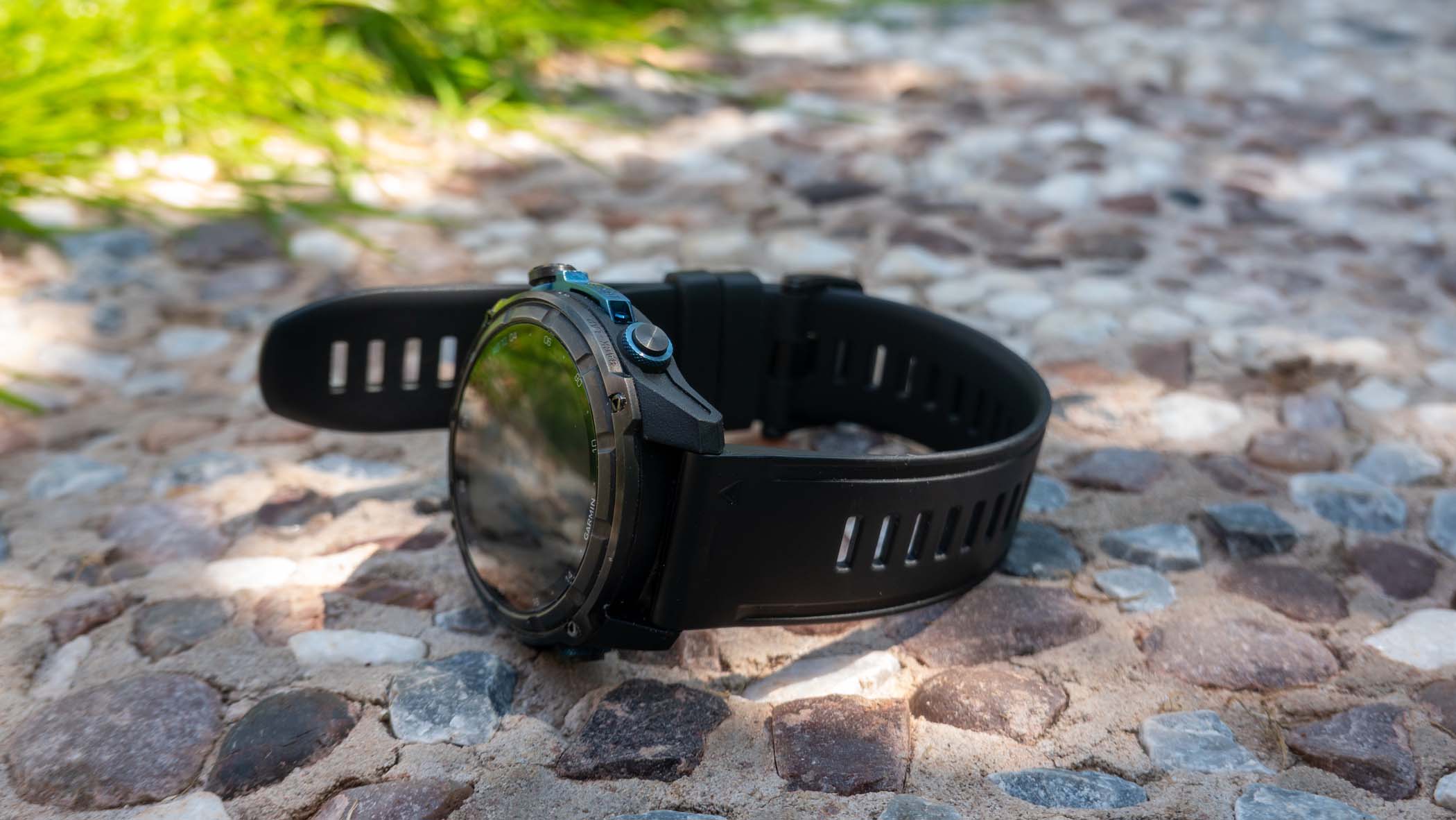
|
Category |
Comment |
Score |
|
Value |
It’s loaded with more features than most rivals, but it’s still very expensive |
4/5 |
|
Design |
Rugged and durable design with high-end titanium finish on Mk3i models |
5/5 |
|
Features |
There’s no denying this is the ultimate watch for outdoor and diving enthusiasts |
5/5 |
|
Performance |
Responsive operating system and long-lasting battery life |
5/5 |
Garmin Descent Mk3i: Should I buy?
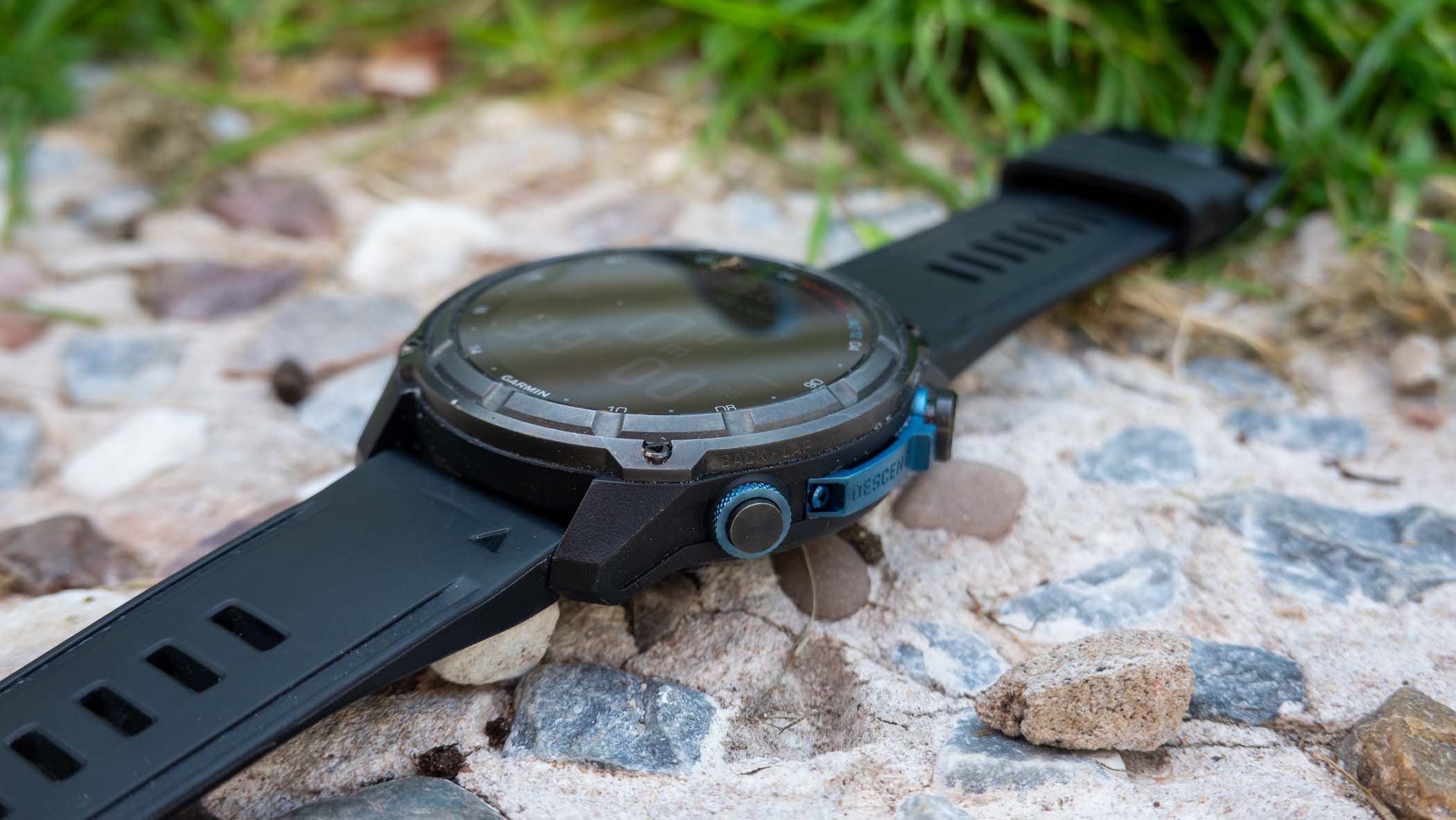
Buy it if…
Don’t buy it if…
Also consider…
First reviewed: June 2025

